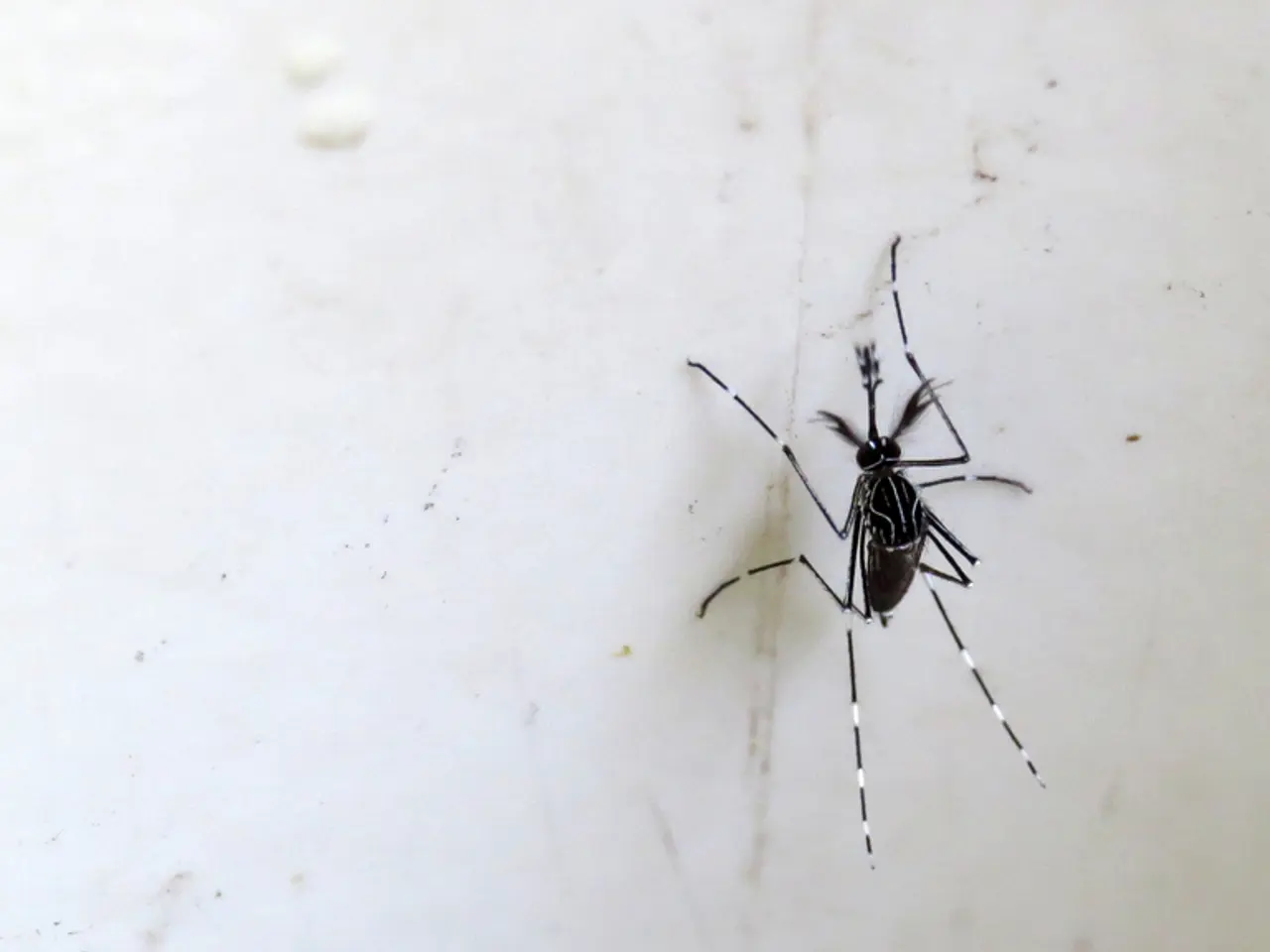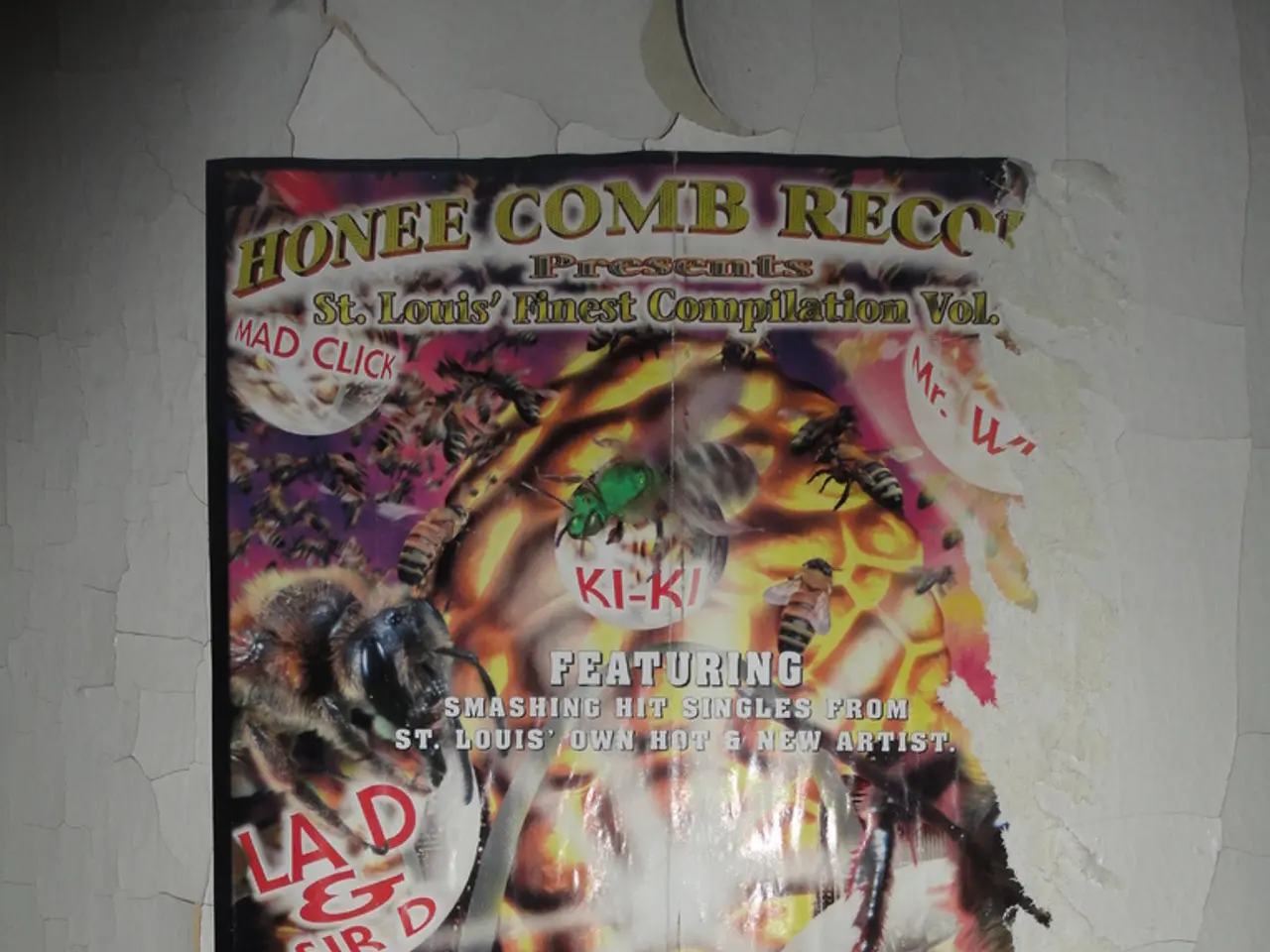Distinguishing Bites: Insights on Bed Bug Bites vs. Mosquito Bites
Mosquitoes and bed bugs are two common pests that can cause itchy, red bumps on the skin. While both can be a nuisance, understanding the differences between their bites, symptoms, and prevention methods can help individuals take the necessary steps to protect themselves.
Mosquito bites are small, round, puffy bumps that appear soon after the bite. They become red, hard, swollen, and itchy. Mosquito bites usually appear isolated and scattered rather than grouped. Commonly found on ankles, the hairline, back of knees, and neck, they can bite through clothing. Reactions to mosquito bites may present immediately or very soon after the bite, often during dusk or dawn when mosquitoes are most active.
On the other hand, bed bug bites tend to appear in clusters or lines with a delayed reaction, usually noticed after waking up. They typically bite during the night, so bites tend to be noticed in the morning. Bed bug bites are small, raised red bumps often in clusters of three to five or a zigzag/linear pattern. Bites usually appear on exposed skin areas like face, neck, arms, and legs. Bites can resemble a rash and show in lines because bedbugs bite multiple times while crawling on the skin.
Prevention methods for mosquito bites focus on controlling the environment and exposure. Use insect repellents on exposed skin, wear long sleeves and pants, especially at dawn and dusk, use mosquito nets or screens, and eliminate standing water where mosquitoes breed. For bed bugs, avoid bringing them home by inspecting luggage and furniture when traveling. Regularly inspect and clean bedding and mattresses, use bedbug-proof mattress covers, and professional pest treatment may be necessary for infestations.
It is essential to note that neither bed bug bites nor mosquito bites usually require medical treatment unless an individual has an exceptional allergic reaction or develops an infection. However, signs that someone needs to see a doctor include feeling that the throat is closing up, having a large number of bites, developing fever, swelling, hives, blisters, or pus, and getting no relief from OTC anti-itch medications.
Other potential culprits for itchy, red bumps include fleas, flies, spiders, mites, and scabies. Female mosquitoes are the only ones that bite, while contact with a mosquito for at least 6 seconds is needed for a bite to occur. Both mosquito bites and bed bug bites may become infected if a person scratches them too much and does not keep their hands or the bite clean. People who are allergic to mosquito bites may develop hives, blisters, fevers, swollen joints, or anaphylaxis.
In summary, understanding the differences between bed bug bites and mosquito bites can help individuals take the necessary steps to protect themselves from these pests. By being aware of the symptoms, prevention methods, and potential risks, individuals can stay informed and take proactive measures to avoid these itchy, red bumps.
- Aq, a type of dermatitis, can cause dry, itchy, and scaly skin, sometimesleading to cracks that might become infected.
- Bipolar disorder, a mental health condition, is characterized by at least one manic or hypomanic episode and one depressive episode, accompanied by a degree of mood regulation difficulties.
- Multiple sclerosis, a degenerative disease of the central nervous system, has symptoms like fatigue, weakness, numbness, depression, and vision problems like macular degeneration.
- Type 2 diabetes, a common health-and-wellness issue, is associated with high blood sugar levels due to insulin resistance and lifestyle factors.
- Predictive science plays a role in understanding and mitigating the risks associated with various health conditions, including dietary choices, fitness-and-exercise patterns, and mental health.
- Migraines, a type of headache, are often accompanied by nausea, vomiting, and sensitivity to light and sound, making them debilitating for some individuals.
- Science has discovered that exposure to certain metals and chemicals can aggravate skin-care issues, causing itchy, red bumps on the skin, possibly indicative of an allergic reaction.
- Atopic individuals are genetically predisposed to have more reactive immune systems, which can lead to conditions like eczema, hives, and asthma in addition to itchy, red bumps on the skin.
- Depression, a common mental health issue, is often associated with feelings of hopelessness, loss of interest in activities, changes in appetite or sleep patterns, and increased irritability or restlessness.




